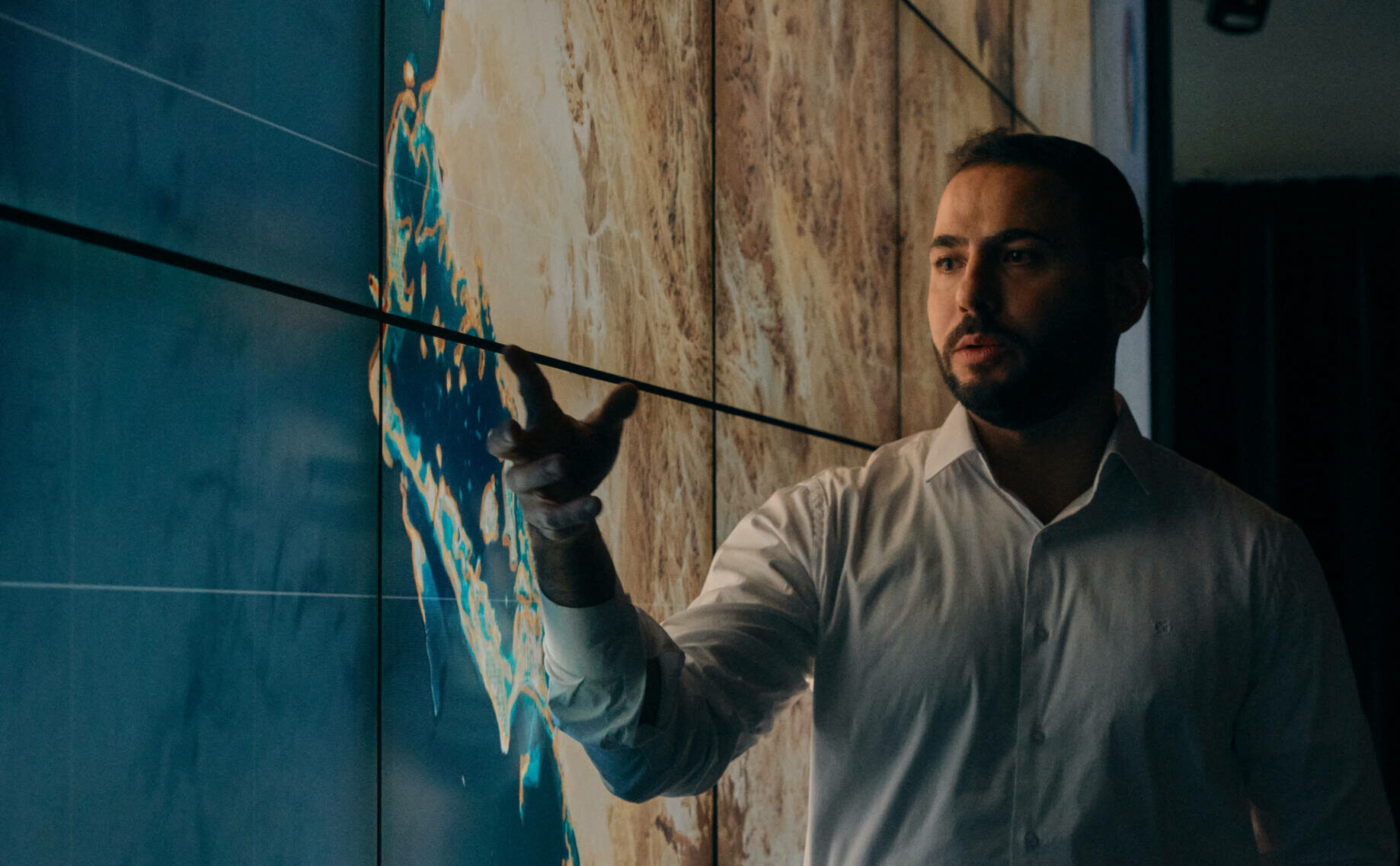When a stricken Iranian oil tanker, Sabiti, started leaking its cargo into the Red Sea on October 11, 2019, Ibrahim Hoteit and his team at KAUST soon received a call to assist.
At the time, the Sabiti — laden with 1 million barrels of crude oil — was only 100 km from the Jeddah shore. “I remember the afternoon we got the call,” says Samah El Mohtar, a research scientist working on oil spill predictive modeling. “We worked day and night to forecast the oil’s spread,” says El Mohtar, who was a Ph.D. student in Hoteit’s group at the time.
Predicting when and where the spill would reach the Saudi coastline was critical for minimizing the impact on marine and coastal ecosystems, particularly its unique coral systems, El Mohtar explains.
“In Saudi Arabia, oil spills are also a major threat to water security,” he says. The Kingdom produces 90 percent of its potable water from seawater desalination along the Red Sea coast. “If oil or other pollutants get close to the intake of these desalination plants, they must be shut down.”
Forecasting an oil spill’s spread is a multistep task requiring weather and ocean circulation modeling, as well as data on the spill itself. “Rather than rely on coarse-resolution global models of weather and ocean circulation, we produce our own high resolution, more reliable forecasts for the Red Sea and the Arabian Gulf,” El Mohtar says. “Only after generating our own weather and then ocean circulation and wave forecasts on the KAUST supercomputer, Shaheen, can we run the oil spill forecast model.”
Equipped with the Sabiti spill forecast — which the team processed continuously for 16 hours to generate — Saudi authorities were able to coordinate their containment and clean-up resource allocation, targeting affected areas. “Our forecasts aided in proactive decision making to mitigate the spill’s environmental impact and protect sensitive areas,” Hoteit says.
“Our forecasts aided in proactive decision making to mitigate the spill’s environmental impact and protect sensitive areas”
In the wake of that event, interest in improving oil spill preparedness rose dramatically, El Mohtar says. The team received Saudi Aramco funding to dramatically cut the time required to generate the spill spread forecast.
“Modeling the oil spill is the quick part,” El Mohtar says. Most of the time is taken generating the weather and ocean forecasts that the oil spill model relies upon. For the Aramco-funded project, the team developed accelerated, automated systems to run these models in advance. Now, in the very early hours of each morning, Shaheen generates a seven-day weather and ocean forecast. Should a spill occur, the forecasts are immediately available for the oil spill model. “We cut the process from 16 hours to less than 5 minutes,” El Mohtar says.
The team has since received more Saudi Aramco funding to develop an automated oil spill detection system, based on AI-driven analysis of satellite images of the Red Sea and Arabian Gulf. “Our next goal is to integrate the two systems, so that a detected spill automatically generates a forecast of its spread,” El Mohtar says.
“Within our team, Samah is integral in building our operational oil spill modeling capabilities, aligning with his broader research objectives to develop advanced tools for more efficient oil spill prediction and source identification,” Hoteit says. As well as tracking oil and other waterborne or airborne pollutants, these tools could be used to assist in search and rescue operations, among many other applications.
“Behind our unique oil spill prediction capabilities lies the substantial effort invested in building the backbone of this system — a cutting-edge operational atmosphere-ocean wave forecasting model for the Red Sea and Arabian Gulf and advanced online interactive visualization technology developed by our team members over the years,” Hoteit says. “This comprehensive foundation offers many opportunities to support the Kingdom’s environmental resource protection and management.”

